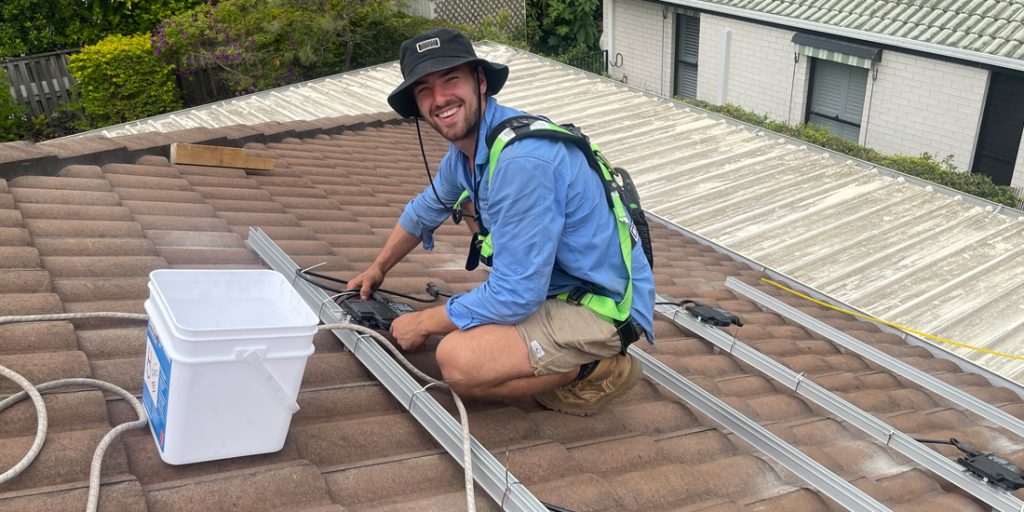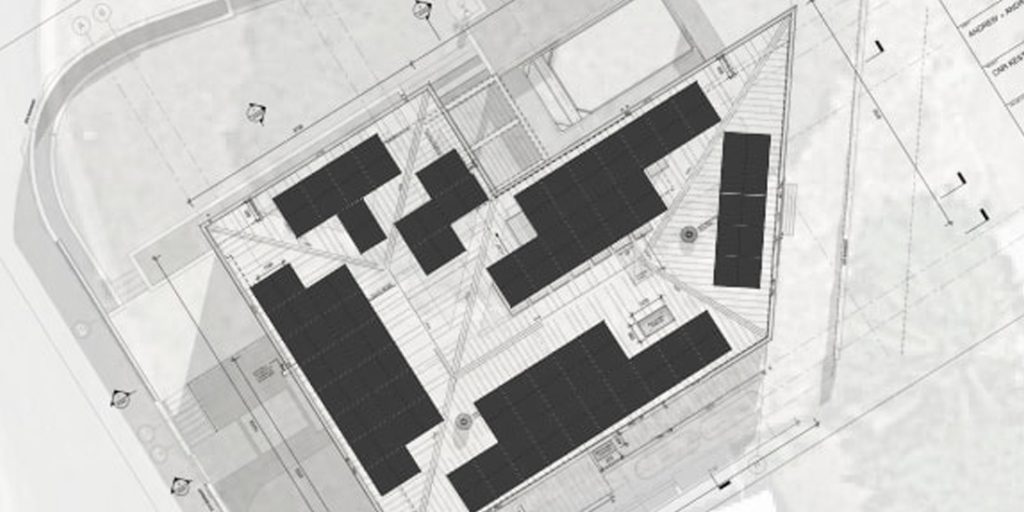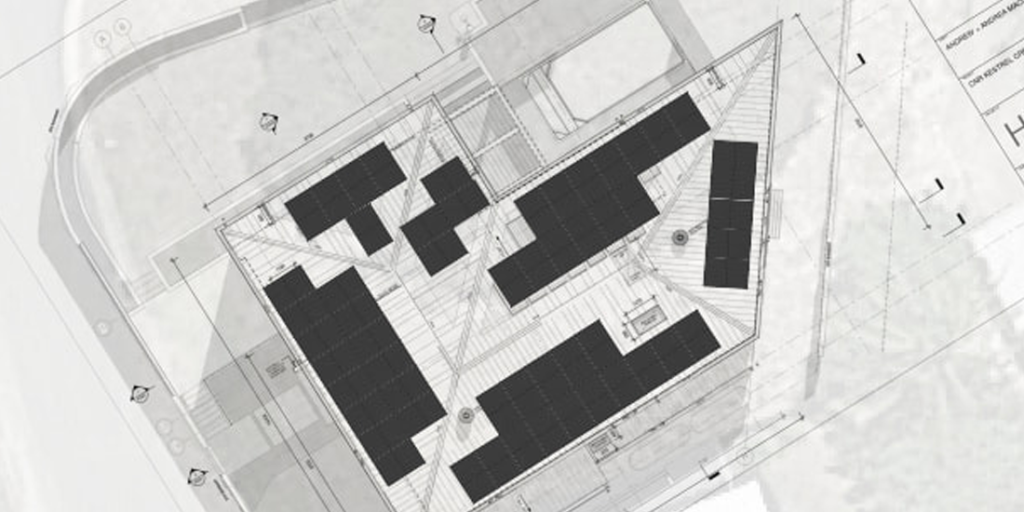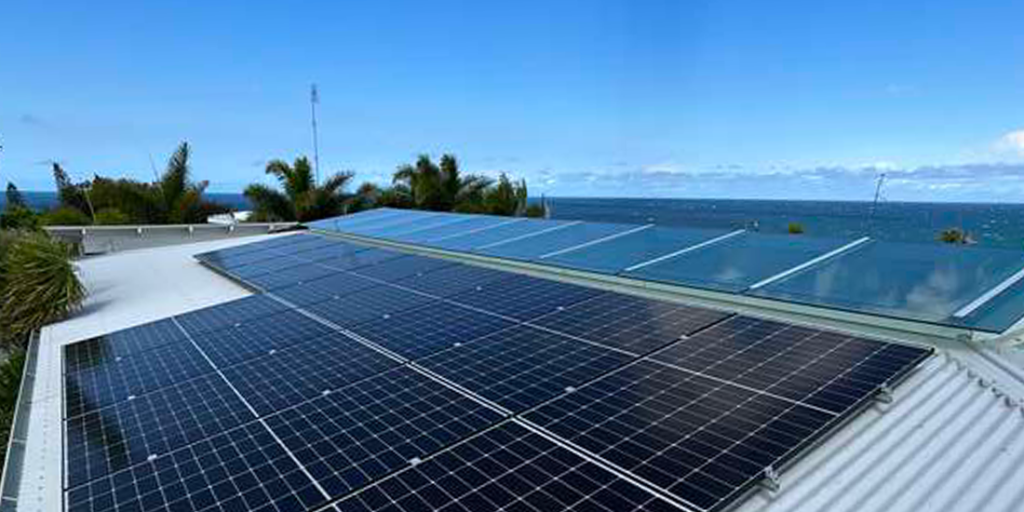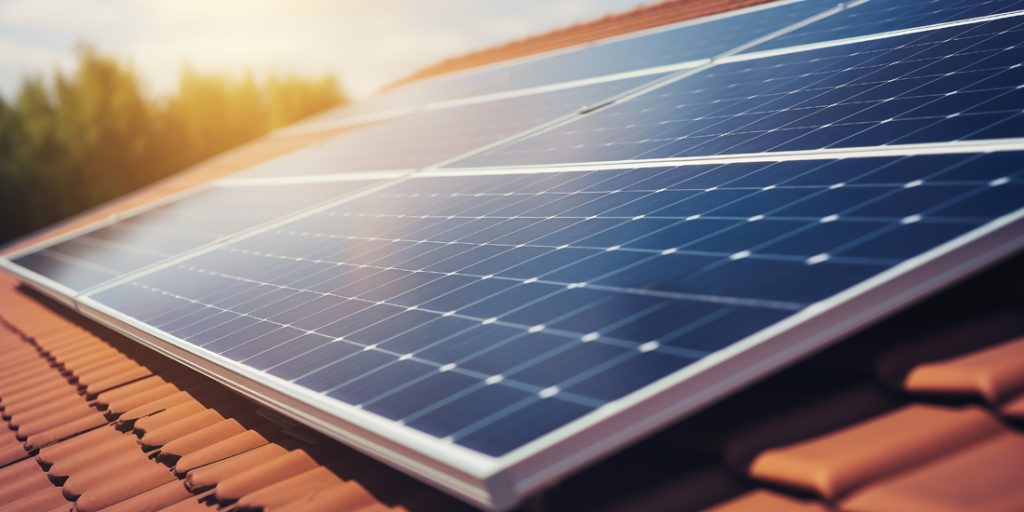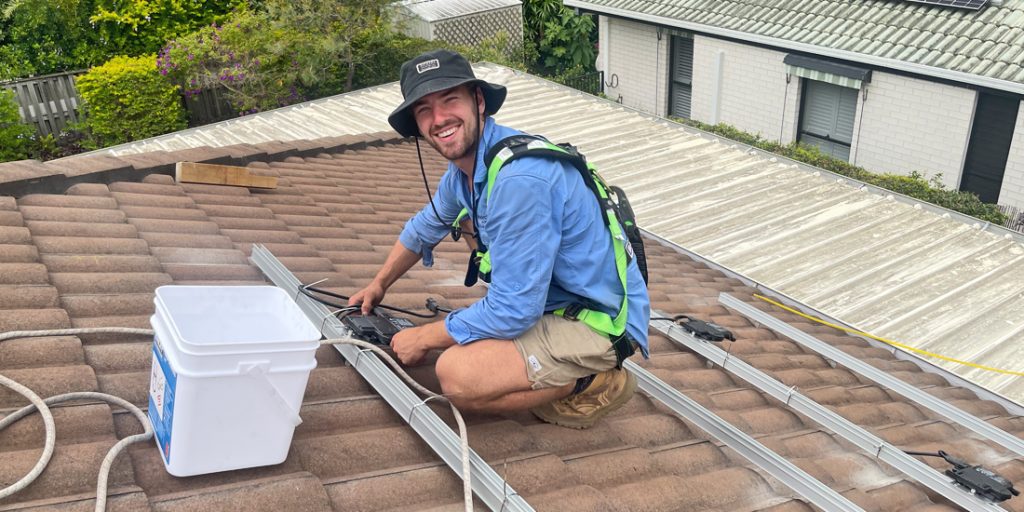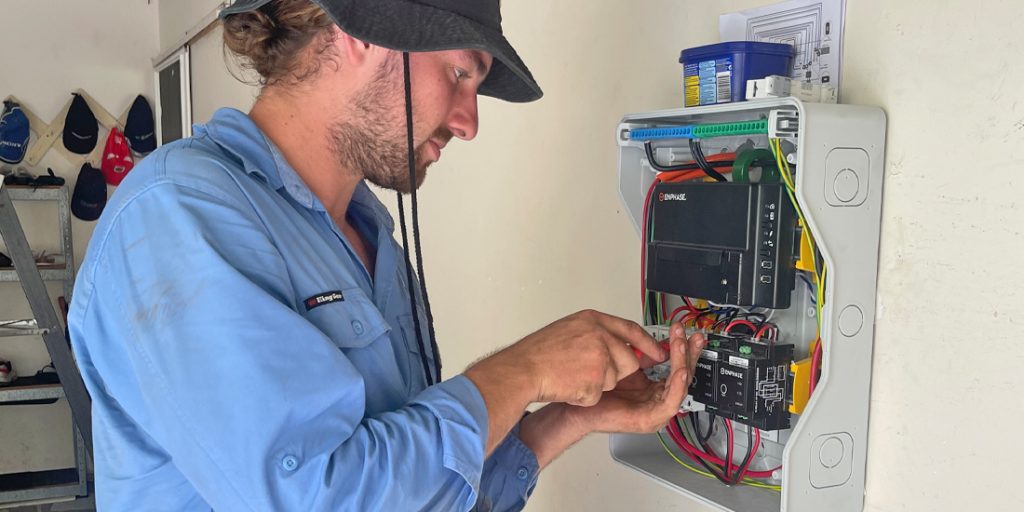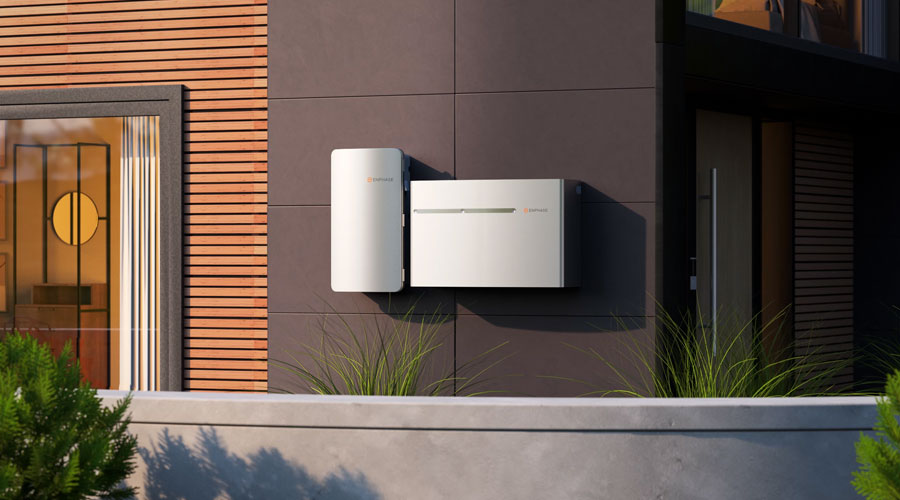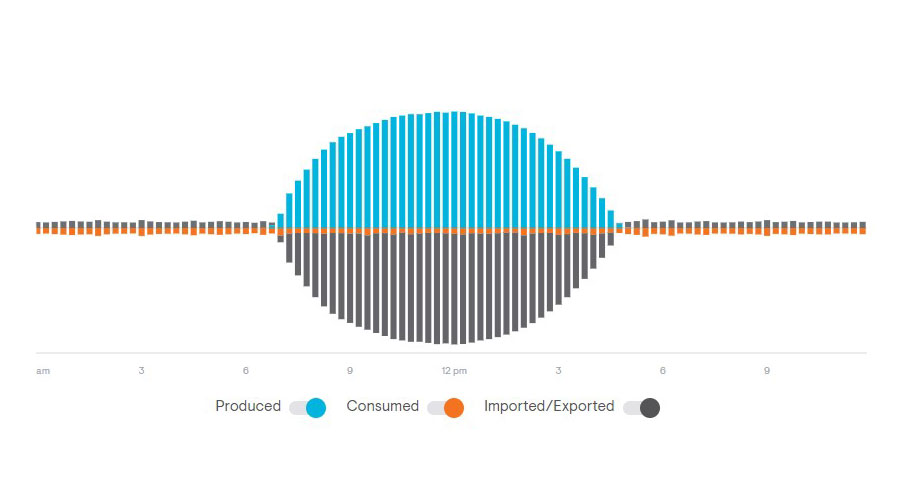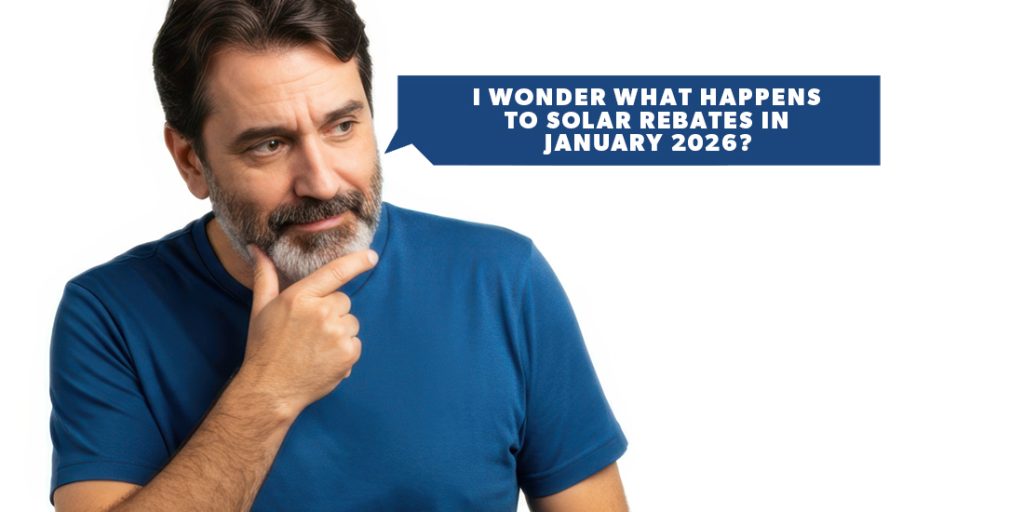
The federal solar rebate helps cut the upfront cost of your system, but it’s reducing each year and will end in 2030. After 31 December 2025, the rebate drops again—so you’ll save less if you wait. 😎
✅ Note, the rebate is available for solar system replacements as well as new solar installations.
Lock in the 2025 rebate and save more—contact us today!


